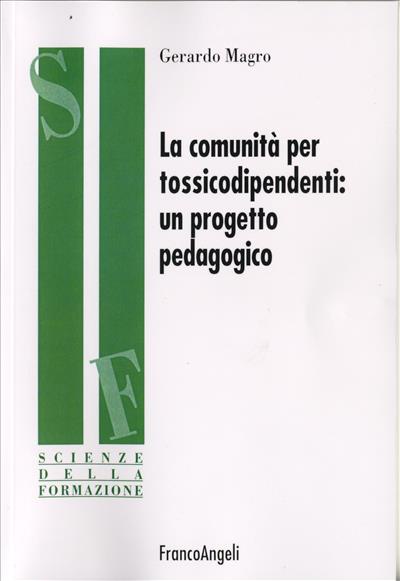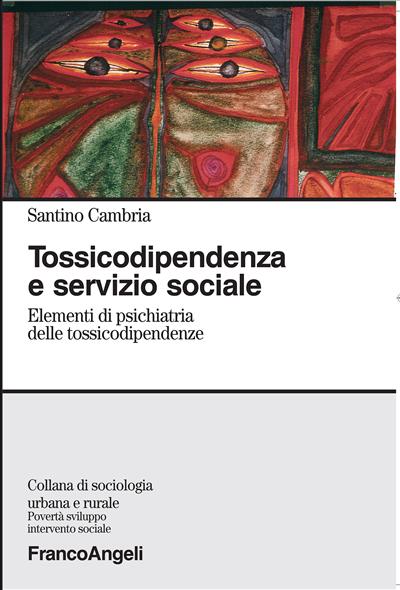
Paolo Guidicini, Giovanni Pieretti
San Patrignano between Community and Society.
A research on the biographic routes of 711 San Patrignano former guests
Edizione a stampa
59,00
Edizione a stampa
59,00
Pagine: 704
ISBN: 9788820489564
Edizione: 1a edizione 1995
Codice editore: 1563.30
Disponibilità: Discreta




